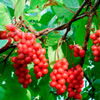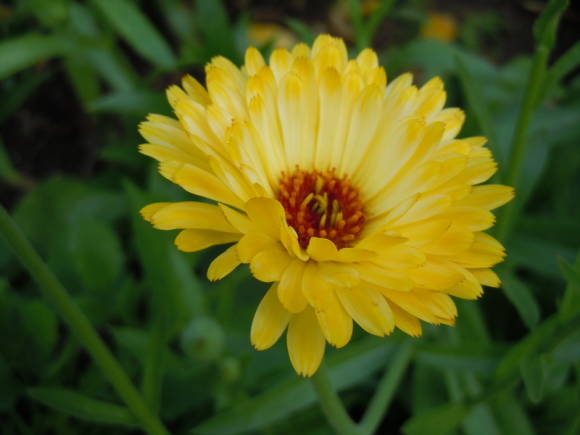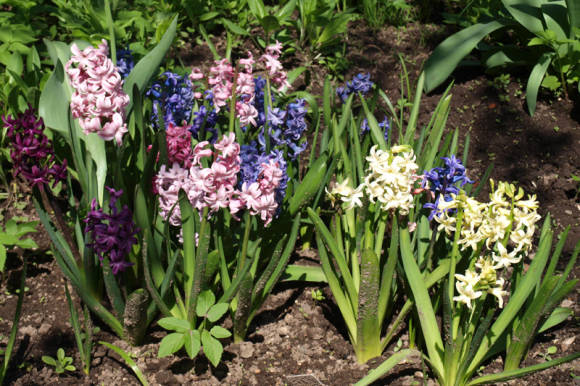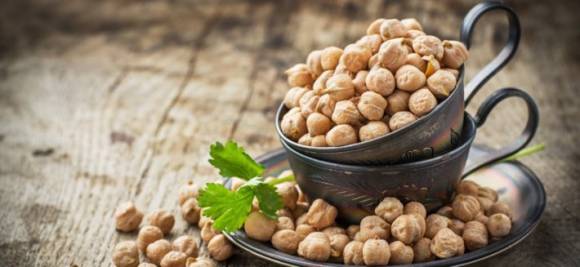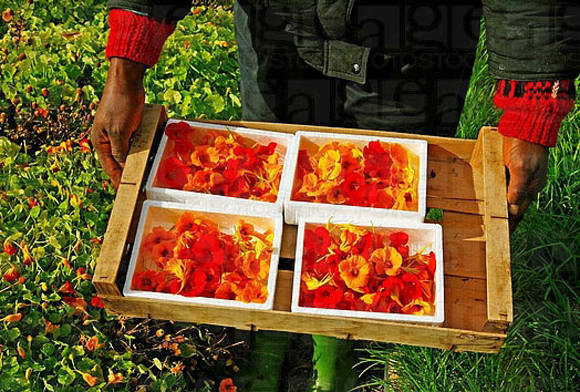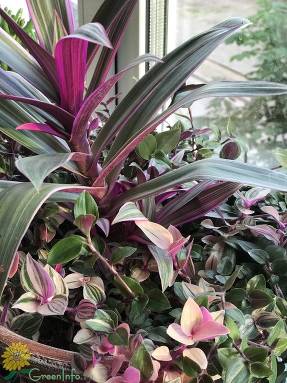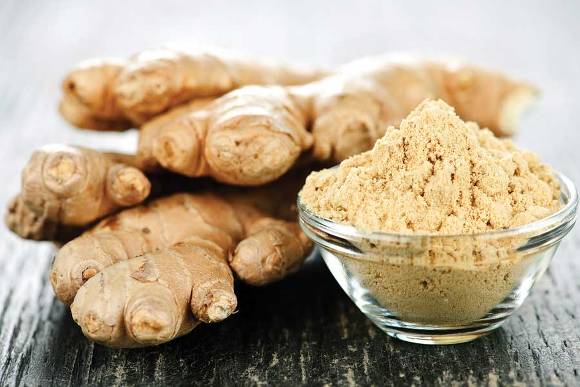
Bougainvillea is native to the Amazon rainforest biome in South America. The Amazon Basin has a rainy season and a dry season, both very hot. The temperature at night is + 18 + 20C and during the day + 30 + 350C. If precipitation falls all year round, then bougainvillea grows as an evergreen vine. Or deciduous if there is a dry season. Prefers a tropical climate, although it can grow in a subtropical one. Bougainvillea grows in dense forests, where it clings to other plants with its thorns to reach sunlight. The length of the vine can be from 1 to 30 meters.
Bougainvillea can grow in partial shade and in direct sun, prefers well-drained soil, often grows on the coast of the seas. The leaves are alternate, elliptical in shape, which makes it possible to withstand heavy rains. Pollinating insects are attracted by bright bracts that can persist for up to several months. Due to this feature, bougainvillea is often called a "paper flower". The flowers themselves are inconspicuous, tubular and hidden inside the bracts. Seed fruit.
For creating optimal growing conditions bougainvillea needs to take into account its natural adaptations.
Bougainvillea needs direct sun for at least 5 hours a day to bloom. In less light, it will grow, but will not bloom. Afternoon sun is preferred.
For abundant flowering, bougainvillea must be taken out to the balcony or garden; the plant will not lay flower buds in the room. Bougainvillea blooms well with a short 12 hours day. Blooms reluctantly on longer days. To stimulate flowering in the summer, light drying is used, thereby introducing the plant into a little stress.
Bougainvillea has 2 distinct phases of development. The first is vegetative growth. During this period, bougainvillea is actively growing. If there is enough light at this stage, then it lays flower buds and blooms after 6-8 weeks. The second phase of development begins - flowering. It lasts 4-6 weeks. At this time, bougainvilleas practically stop growing. The length of the flowering period depends on the condition of the plant and on the environmental conditions. In cloudy rainy years, the flowering period is short and the flowering is not intense. The more sunlight, the more abundant the flowering will be. It is followed by a period of active vegetative growth again.
The greatest need for water is observed during the period of active growth, watering should be abundant, bougainvillea is extremely bad for the complete drying of the substrate, it can shed all the leaves and die. After the buds are laid, the plant becomes more tolerant of a lack of moisture. However, bougainvillea does not tolerate stagnation of moisture in the pallet, "wet feet". With prolonged waterlogging, the roots rot and the plant dies. Between watering, the substrate must be allowed to dry out a little. A sure sign that it is time to water is a slight loss of turgor, then the plant is watered abundantly, so that water flows to all roots. Such a watering regime (abundantly, but after a little drying) forms a good root system in the plant.
Soils bougainvillea prefers rich, but can grow on almost any, tolerates some salinity. The main requirement for the soil is good drainage. You should not make substrates from one peat, since the water-holding force of peat is higher than the ability of the plant roots to take water from the soil, the roots become entangled. It is necessary to add sand, garden soil to the peat substrate. The acidity of the soil should be in the range of pH 6.0-6.5, only in this case the plant will be able to consume the necessary nutrients.
Bougainvillea needs good lighting all year round. In the presence of light and warmth, bougainvillea can bloom 11 months a year.In winter, with a lack of light, it is forced to fall into dormant periodshedding leaves. To prevent the plant from depleting, it is necessary during this period to lower the temperature to + 10 ° C. Critical for bougainvillea is considered to be a temperature of +2 ... + 3 ° C. At temperatures above + 10 ° C, it will tend to start growing. Watering during the dormant period is reduced, the substrate is kept in a slightly moist state so that the roots do not dry out completely, all dressings are canceled. With the onset of spring, daylight hours increase, bougainvillea wakes up. From mid-February, you can increase the temperature, increase watering and resume fertilizing with fertilizers at the beginning of growth.
Top dressing and care
For top dressing, you can use dry or liquid mineral fertilizers with trace elements, with magnesium and iron in a chelated form. NPK = 1-1-1 or NPK = 2-1-2, or NPK = 3-1-3 (N-nitrogen, P-phosphorus, K-potassium). You can fertilize with nitrogen at the beginning of growth in spring using the formula NPK = 3-0-1 for good growth, then return to the formula NPK = 1-1-1 to ensure flowering. When the bracts become saturated, nitrogen can be re-fed for vigorous vegetative growth after flowering. Leaf chlorosis in bougainvillea is often caused by iron deficiency. In this case, the leaves turn yellow, the veins remain green. In this case, it is necessary to feed with iron in a chelated form. Bougainvillea prefers to receive fertilizer in small doses, but often. When feeding, you must strictly follow the directions on the labels, exceeding the dose can kill the plant. Never feed on a dry coma. Can be carried out foliar feeding (the concentration of mineral fertilizer is 10 times less than the concentration for root dressing). Foliar dressing can quickly help a plant with a deficiency of nutrients. It is better to spend them late in the evening in warm weather, spraying the leaves on both sides.

For abundant flowering, a cramped pot is needed, bougainvillea blooms more readily when the roots entwine the entire clod of earth, therefore, bougainvillea needs to be transplanted only if necessary. When transplanting, it is necessary to be extremely careful with the roots, since bougainvillea reacts very painfully to their damage.
To create a compact and abundantly flowering plant, bougainvillea needs shape... The more lateral processes a plant has, the more magnificently it will bloom - bougainvillea blooms only on new growths.
There are two ways to form. This is pruning and pinching. Pruning - cardinal shortening of shoots. It is better to resort to it at the end of the season, late autumn, or early spring, in the first half of February, before the start of active growth. Topping - removal of the growth point on the shoot. This method of formation can be applied all year round, but optimally - immediately after the flowering cycle.
The indisputable advantages of bougainvillea include insensitivity to pests. Occasionally, it is only affected by aphids, which are easy to get rid of with an appropriate insecticide.
Reproduction
Boughevillea is propagated mainly vegetatively, by cuttings. A ripe semi-lignified shoot is taken on cuttings, preferably immediately after flowering. The stalk should contain 3-5 buds, it is rooted in an infertile substrate (sand, sand + peat) in a greenhouse with lower heating. For more reliable rooting, root formation stimulants are used. Bougainvillea seeds are tied only in countries with an optimal climate. Most varieties are interspecific hybrids and do not produce viable seeds.
Read about varieties on the encyclopedia page Bougainvillea.
